Paris wouldn’t be Paris without its bridges. Thirty-seven spans cross the Seine, connecting the Left Bank to the Right Bank, and many have achieved UNESCO World Heritage status alongside the river itself. These aren’t just functional crossings—they’re works of art, movie stars, and romantic meeting spots rolled into stone and steel.
Here’s a list of eighteen bridges that capture the hearts of travelers who discover that sometimes the journey between destinations proves more enchanting than the destinations themselves.
Pont Neuf

Dating back over 400 years, Paris’s oldest bridge bears a testament to the steady passage of time in its name, Pont Neuf, which means “new bridge”. Ironic, considering this stone beauty predates most of the city’s landmarks.
With its 12 Romanesque arches, this stone bridge brings a sense of antiquity to the city. The cornices along the bridge bear 381 unique mascarons, grotesque ornamental stone faces intended to scare away bad spirits. At its center, an equestrian statue of King Henry IV watches over the Île de la Cité. The curved stone benches built into the bridge invite lingering—and the views reward patience.
Pont Alexandre III
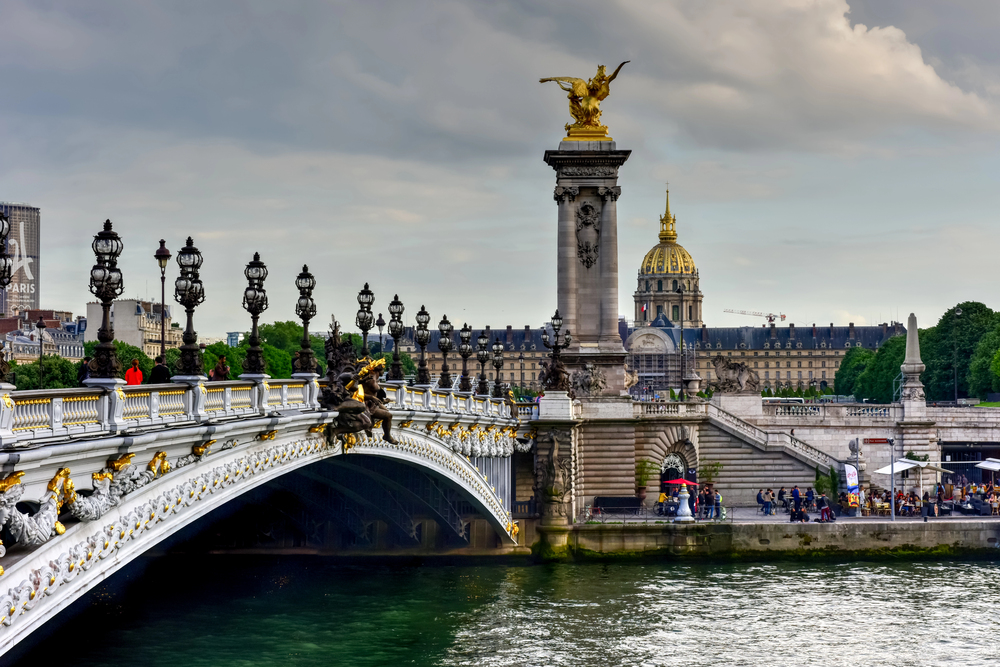
— Photo by demerzel21
Nicknamed “the most beautiful bridge in the world,” those who have laid eyes on the Pont Alexandre III are generally inclined to agree. Built between 1896 and 1900 for the Universal Exhibition, this Beaux-Arts masterpiece celebrates the Franco-Russian alliance.
Four massive pylons topped with gilded bronze winged horses mark its ends. Bronze candelabras line the walkway. The bridge connects the Invalides to the Grand and Petit Palais, and filmmakers can’t resist its photogenic qualities—it’s appeared in everything from “Inception” to “Midnight in Paris.”
Pont des Arts
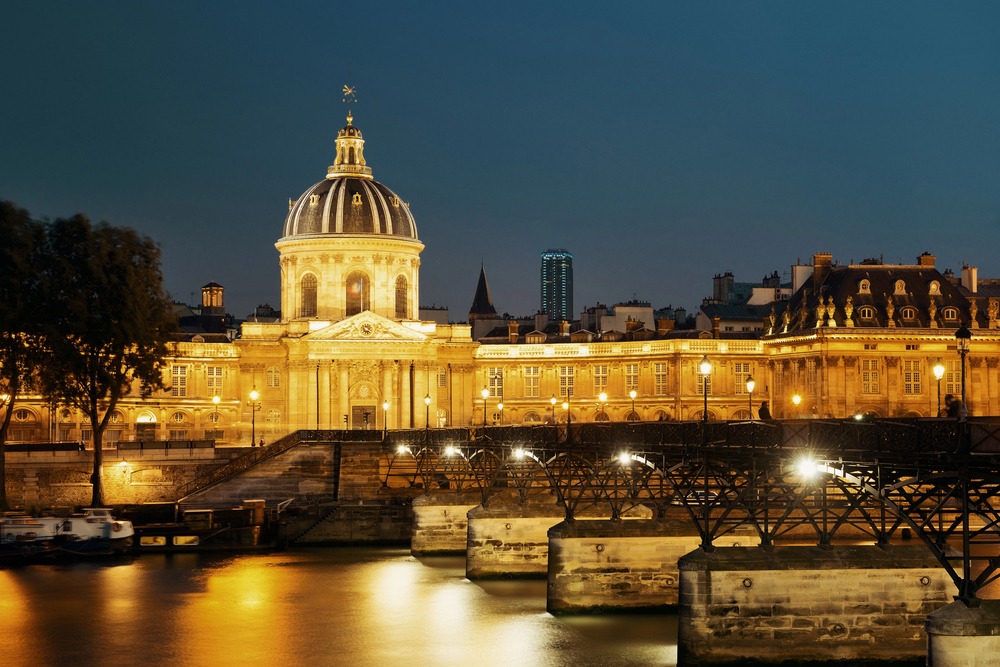
The love lock bridge. That’s what travelers call this iron footbridge connecting the Louvre to the Institut de France. For years, couples attached padlocks inscribed with their names to the bridge’s sides, then threw the keys into the Seine below.
The locks were removed in 2015 due to their weight damaging the integrity of the bridge and were replaced by glass paneling. Now the bridge looks more modern, offering unobstructed views of both riverbanks. Still romantic, just less cluttered.
Pont de Bir-Hakeim
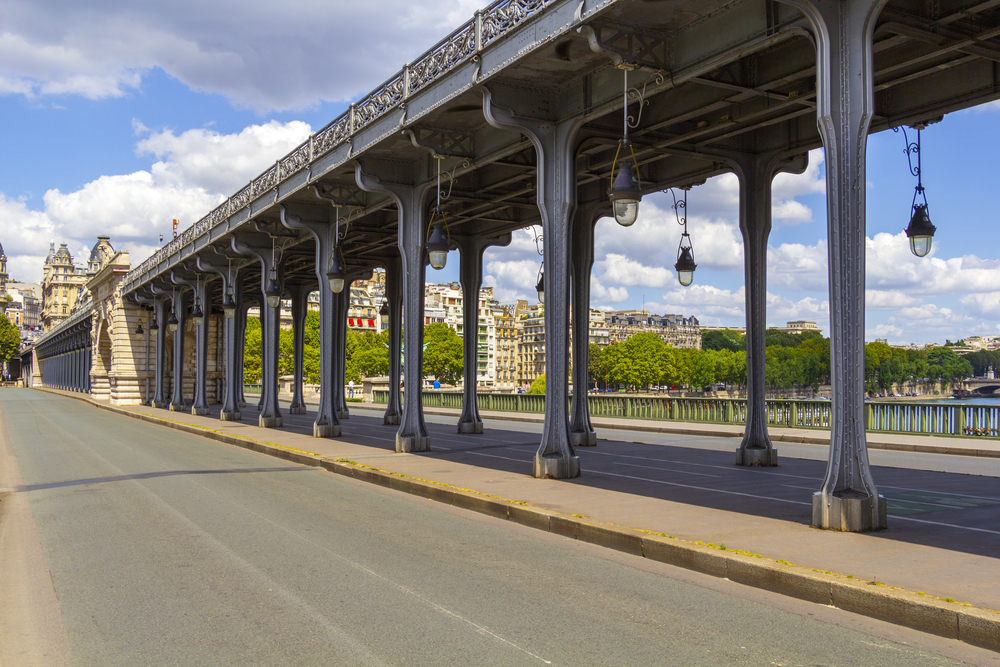
— Photo by sto-noname@yandex.ru
Two levels make this bridge unique—cars and pedestrians below, Metro Line 6 above. It was made especially popular by the movies The Last Tango in Paris and Inception. But its real draw? The incredible Eiffel Tower views.
Connected to the Île aux Cygnes (Island of the Swans) at its eastern end (one of the five Statues of Liberty in Paris is located at the western end!), this bridge offers some of the city’s best photo opportunities. The steel viaduct design by the Eiffel company adds industrial elegance to the scene.
Pont de l’Alma
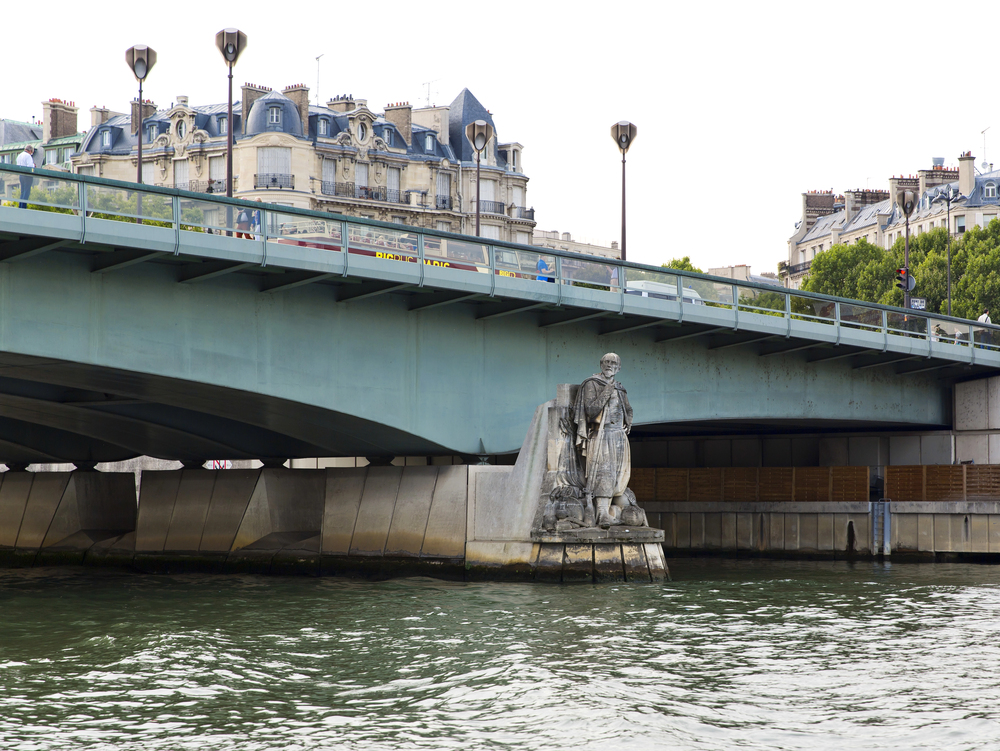
— Photo by lachris77
The Pont de l’Alma is not the most beautiful or impressive bridge in Paris, but it is interesting all the same, thanks to the Zouave on the side. This soldier statue serves as Paris’s flood gauge—when water reaches his feet, the city prepares for trouble.
The bridge gained tragic notoriety as the site where Princess Diana died in 1997. You’ll also find some high-end dining on this side of the river, including the famous brasserie Chez Francis. The nearby Liberty Flame has become an unofficial memorial.
Pont de la Tournelle
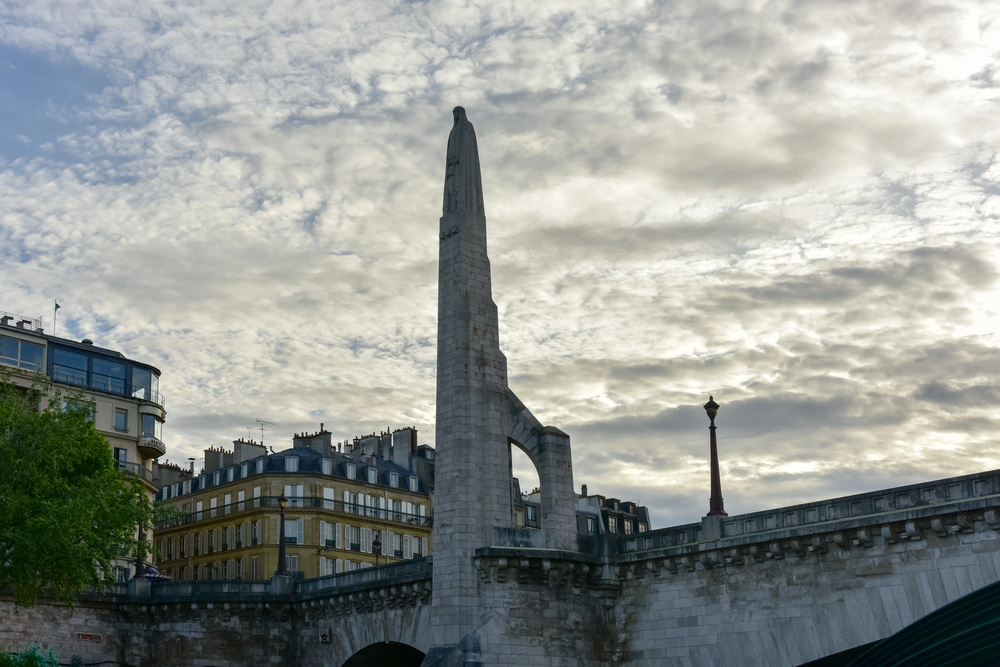
Connecting the Île Saint-Louis with the Left Bank, Pont de la Tournelle boasts both an impressive view over Notre-Dame and a statue of the patron saint of Paris, Sainte Geneviève. The statue faces east, away from the cathedral—its creator always regretted that visitors might only see her back.
The bridge offers stunning perspectives of Notre-Dame’s flying buttresses and spire. Well, when the spire returns after restoration.
Pont Mirabeau
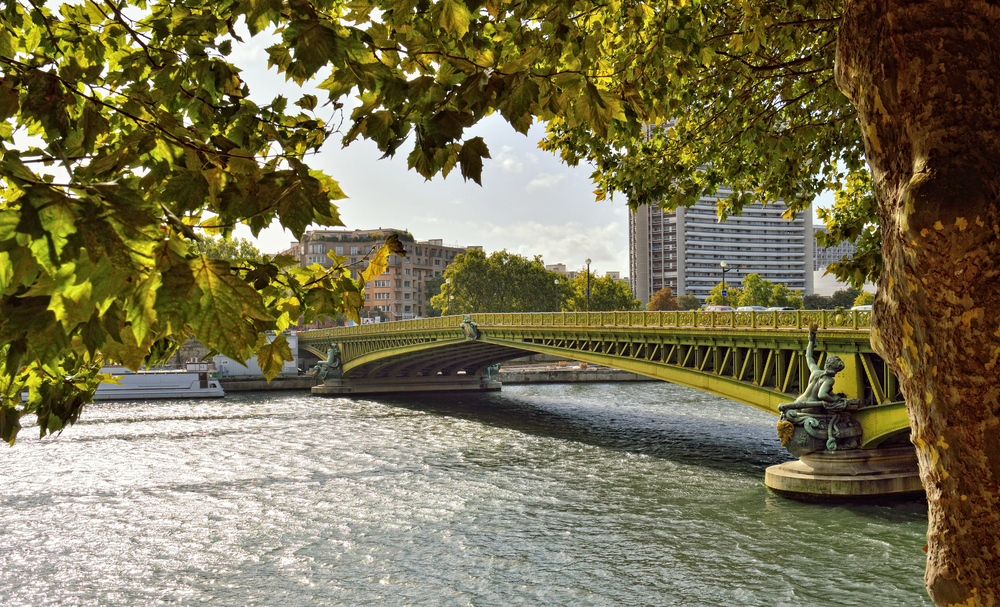
The Pont Mirabeau was made famous by a poem written by Guillaume Apollinaire and using the water going under it as a metaphor for time passing. “Under the Pont Mirabeau flows the Seine / And our loves,” begins the haunting verse.
The beautiful yellow-green metal structure is adorned with four bronze sculptures representing the City of Paris, Commerce, Navigation, and Abundance. Poetry and metal merged into something timelessly beautiful.
Pont d’Iéna

Pont d’Iena was built in 1808-1814 during the heyday of the Empire and named after Napoleon’s victory over Prussia in the Battle of Jena. Today, nobody cares about Napoleon’s battles. They come for the Eiffel Tower views.
It connects Quai Branly, the Champ de Mars and the Eiffel Tower on the left bank to the Trocadéro gardens on the right bank. Five arches span 28 meters each. The smell of crêpes from nearby vendors sometimes drifts across the bridge on warm afternoons.
Passerelle Léopold-Sédar-Senghor

The footbridge was constructed using steel by none other than the Eiffel company, that was founded by Gustave Eiffel who designed and built the most famous landmark in the entire world — the Eiffel Tower! The wooden paneling is constructed from exotic Brazilian tree wood, giving it a unique look.
This is actually the bridge you will cross over on your walk from the Eiffel Tower to The Louvre Museum! The modern design feels fresh against Paris’s historic backdrop.
Pont de Bercy
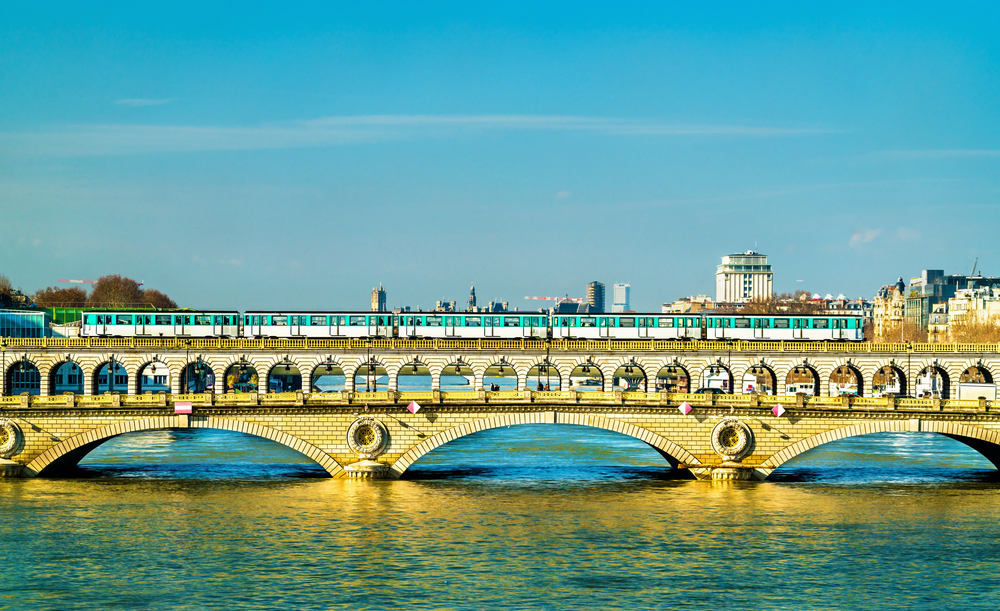
This double-decker carries both road traffic and Metro Line 6. Pont de Bercy (made up of a railway bridge carrying the Line 6 of the Paris Métro and another stage for road traffic). Less famous than Bir-Hakeim, but equally functional.
The industrial design suits the modern Bercy district it serves. Contemporary glass buildings reflect in the Seine below, creating an entirely different Paris aesthetic.
Petit Pont

— Photo by Birute
As you might have guessed, Petit Pont means “Little Bridge”. The Petit Pont connects the Ile de la Cité to the Left Bank and is one of the two oldest bridges of Paris. Small but mighty, this bridge has survived floods, wars, and centuries of Parisian foot traffic.
River floods repeatedly destroyed the Petit Pont between the 9th and 18th century; however, it was continuously rebuilt, and has kept the same historic name to this day. Persistence pays off.
Pont du Carrousel

The rather plain Carrousel Bridge (‘Pont du Carrousel’ in French) spans the River Seine between Quai Voltaire in Saint-Germain des Prés on the left bank and Quai François Mitterand on the right bank. Plain doesn’t mean unremarkable.
Four allegorical sculptures by Louis Petitot grace its corners: La Seine, La Ville de Paris, L’Industrie, and L’Abondance. The bridge offers perfect Louvre views without the tourist crowds.
Pont Marie
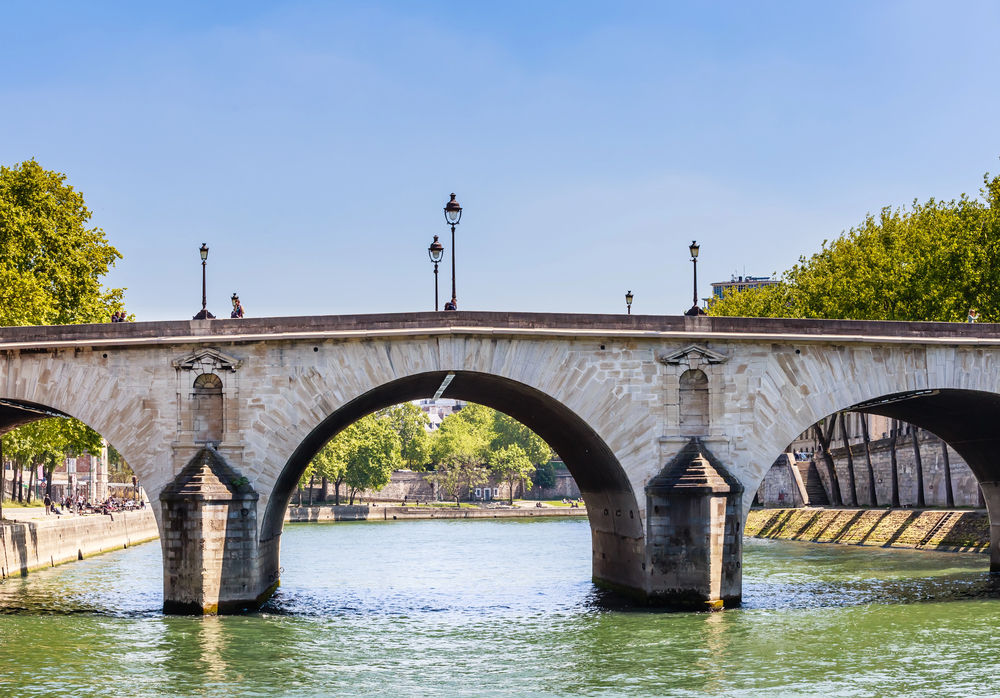
Pont Marie, built to provide access to Ile Saint Louis when it began to be urbanized in the 17th century. This stone bridge connects the charming Île Saint-Louis to the Right Bank’s Marais district.
Louis XIII laid its first stone in 1604. Today, it’s surrounded by some of Paris’s most expensive real estate and best ice cream shops. Not a coincidence.
Passerelle Simone-de-Beauvoir
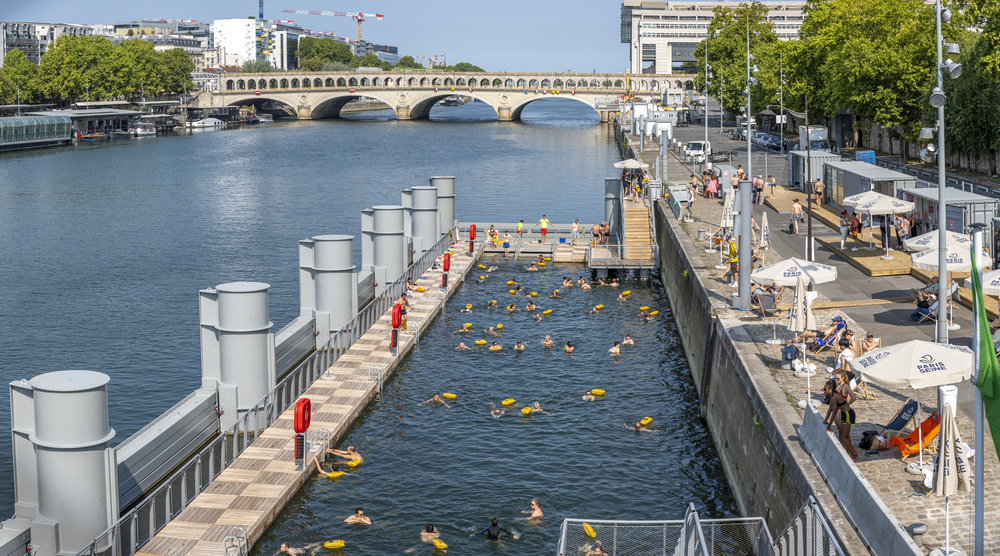
— Photo by frlegros
The Passerelle Simone-de-Beauvoir is named for French philosopher and activist Simone de Beauvoir and is the most recently-built bridge in Paris. Completed in 2006, it’s used solely by cyclists and pedestrians and leads to the Bibliothèque Nationale de France, the French national library.
The modern design of this footbridge boasts a lens-shaped structure that doesn’t touch the water at any section of the bridge. Its supports rest on the banks of the Seine River on either side. Engineering meets elegance.
Pont de la Concorde
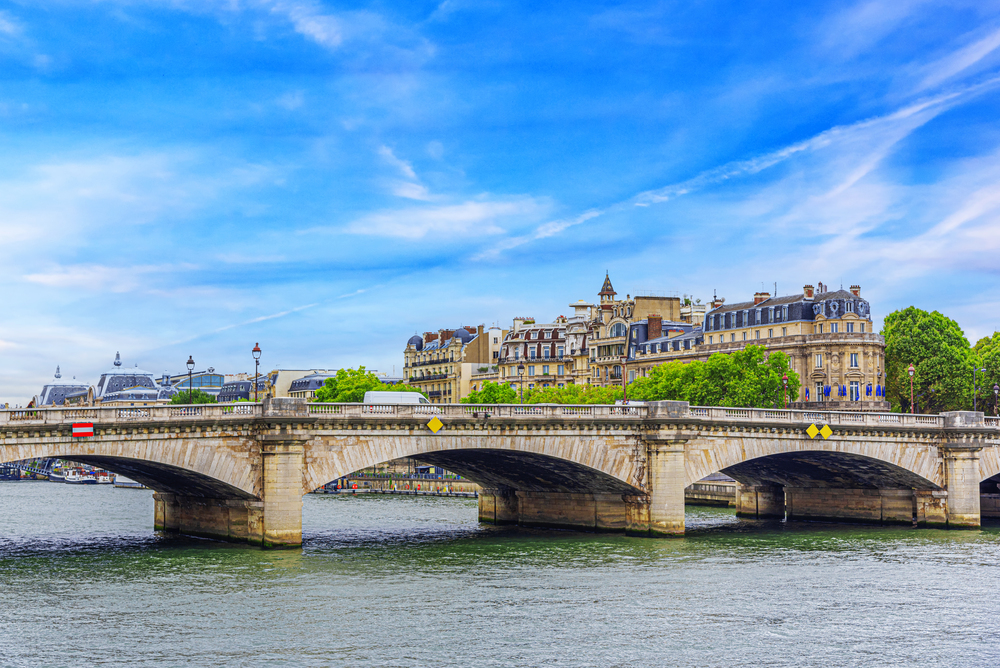
Built with stones from the demolished Bastille prison, this bridge carries symbolic weight. The five arches span between Place de la Concorde and the Left Bank, connecting revolution to reconciliation.
And yes, you can feel the history underfoot. Or maybe that’s just the traffic vibrations.
Pont Royal

— Photo by nikolpetr
From the beginning of the 17th century, several efforts were made to link the Louvre and boulevard Saint-Germain by what became Pont Royal. Louis XIV commissioned this elegant stone bridge in 1685.
The five arches frame perfect views of the Louvre’s south facade. Painters have been setting up easels here for centuries, trying to capture that particular light that hits the palace walls.
Pont de l’Archevêché
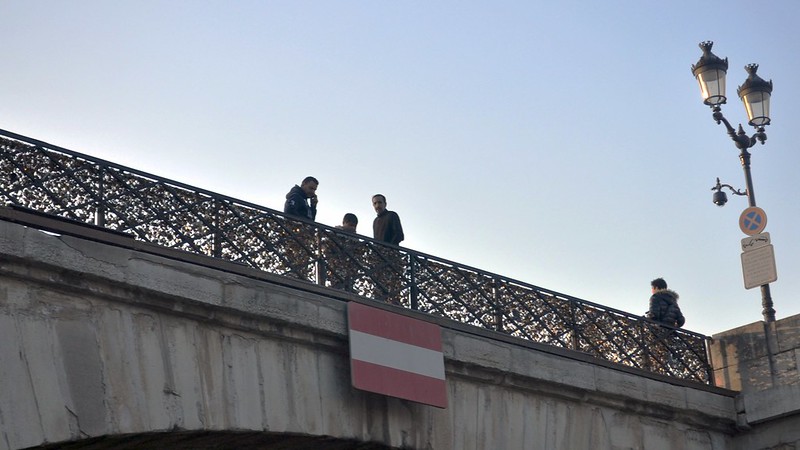
Welcome to the bridge of loving couples! The Pont de l’Archevêché, one of the narrowest bridges in Paris, is the new love lock destination since Pont des Arts went glass. Couples still attach padlocks here, despite official discouragement.
The narrow walkway creates intimate views of Notre-Dame’s rear facade. Perfect for proposals, if you can ignore the construction scaffolding.
Pont des Invalides

Famous for being Paris’ lowest bridge, les Invalides caused quite a stir when it sank by quite more than a few inches in the late 19th century. Thankfully, it has since been reinforced. Don’t worry—it’s stable now.
The wide arches create an imposing silhouette. Twin statues called “Land Victory” and “Sea Victory” guard the approaches, adding military grandeur to your river crossing.
Where water meets wonder

These bridges aren’t just ways to cross water—they’re Paris itself, suspended over the Seine in stone, steel, and centuries of stories. Each span connects more than riverbanks; they link the past to the present, art to engineering, romance to reality. Walk slowly. The view changes with every step.
More from Travel Pug

- 20 Best Beach Towns in the Carolinas
- 13 Destinations Where Tourists Regularly Regret Their Trip
- 20 Things You Actually Get in First Class
- 20 Small Airports With Aviation Museums
- 20 Places in the U.S. That Are Perfect for a Reset Trip
Like Travel Pug’s content? Follow us on MSN.
